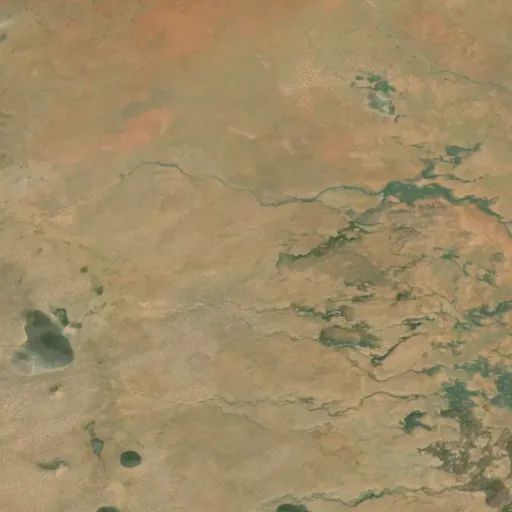The Whitethorn Wilderness is named for the prevalent white-thorn acacia, a key year-round food source for quail and a summer food source for desert mule deer. The volcanic landscape is characterized by cinder cones and craters. Weathered lava houses small and large wildlife, and views stretch hundreds of miles.
Raptors are common, especially during the winter. Golden eagles, great-horned owls, and Swainson’s hawks nest here, and peregrine falcons have also been reported. Other species that forage and live in the area include pronghorn, mule deer, quail, jackrabbits, and occasional migrating ducks on ephemeral ponds.
Chihuahuan Desert grassland and yucca, in association with a mosaic of other desert shrubs such as creosote, acacia, and mesquite, make up the majority of the plant cover in the area. Isolated clumps of netleaf hackberry and other desert trees are found in the lava flow where depressions or deeper pockets of soil hold extra water after rainfall. Summer monsoon rains bring extensive stands of wildflowers in this area including white and yellow desert zinnias, desert marigolds, blackfoot daisies, globe mallow, pepperweed, desert sunflowers, Chihuahuan flax, and summer poppy.








